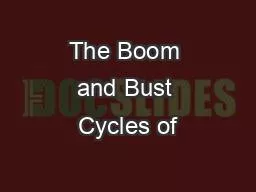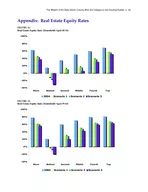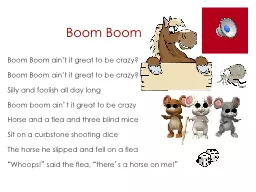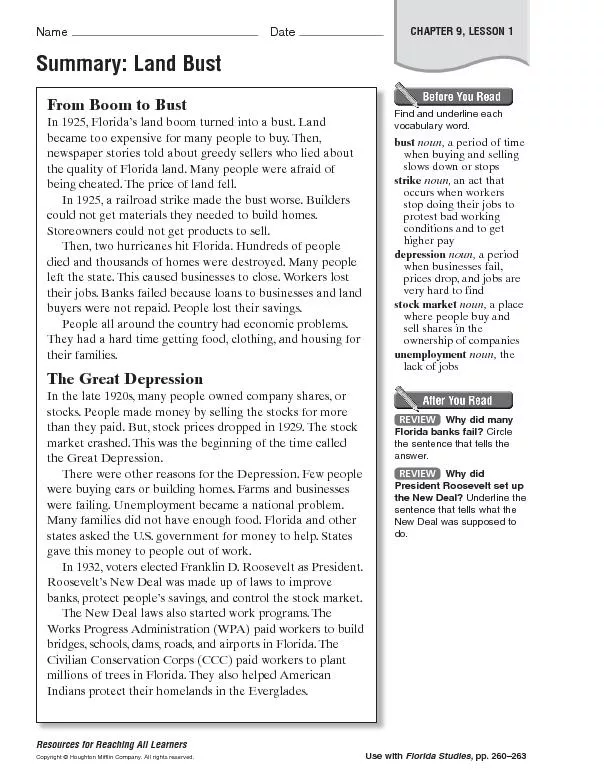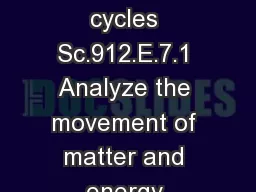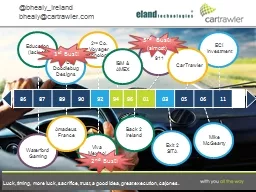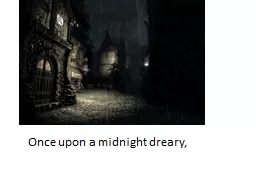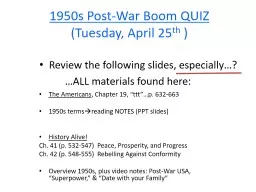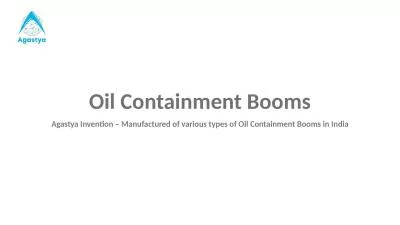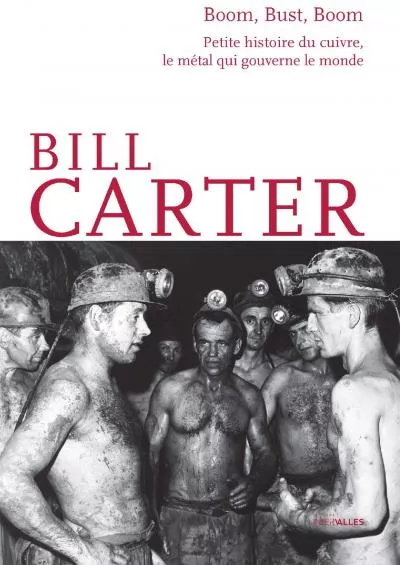PPT-The Boom and Bust Cycles of
Author : askindma | Published Date : 2020-06-17
Full Waveform Inversion Is FWI a Bust a Boom or Becoming a Commodity Gerard Schuster KAUST 00 10 Dow Jones Index Avg decade 1930s 1940s 1950s 1960s 1970s
Presentation Embed Code
Download Presentation
Download Presentation The PPT/PDF document "The Boom and Bust Cycles of" is the property of its rightful owner. Permission is granted to download and print the materials on this website for personal, non-commercial use only, and to display it on your personal computer provided you do not modify the materials and that you retain all copyright notices contained in the materials. By downloading content from our website, you accept the terms of this agreement.
The Boom and Bust Cycles of: Transcript
Download Rules Of Document
"The Boom and Bust Cycles of"The content belongs to its owner. You may download and print it for personal use, without modification, and keep all copyright notices. By downloading, you agree to these terms.
Related Documents

